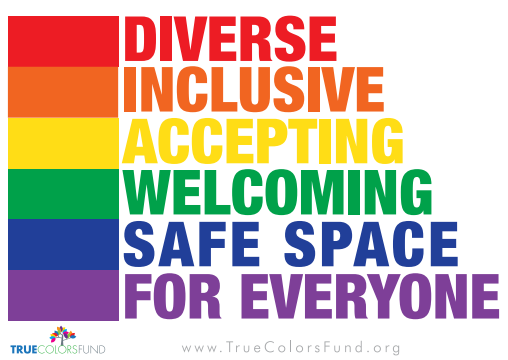Media Madness
If you have ever tried to Google ‘Sex Trafficking’, you have witnessed disturbing images of women in ropes and chains. Spoiler alert, this is not what sex trafficking usually looks like. The media utilizes emotions and fear to motivate people to be interested in a topic. With that being said, what does sex trafficking look like? How do traditional media like the news, websites, and tv shows get away with images and stories like this? What harm can this cause to survivors of trafficking?
Unfortunately, the media can spread awareness and understanding of human trafficking, but instead, they focus on sensationalist stories instead of facts. Human and sex trafficking is not what is often depicted in media. They portray sex trafficking as women being restrained by ropes, chains, and handcuffs when in reality, trafficked people are controlled by manipulation, coercion, and exploitation. Although there may be violence, the emotional coercion and exploitation part of sex trafficking media fails to address.
Traditional media like news, websites and tv shows depict exaggerated images and stories to elicit an emotional response from their viewers. When media is backed by a lot of money, which most is, they care most about the amount of viewership and profit a story brings in most of the time. This disregards the content of the information they’re showcasing and can cause extensive harm to survivors. Also, many societal issues play a role in the vulnerability of trafficking, like poverty, natural disasters, family trauma, sex, gender, and ethnicity. However, journalists tend to oversimplify these explanations of trafficking to just one cause. Especially with the members we assist, who are all adults, the media tends to say things like ‘they knew better’ or ‘their adults, so it was their choice’ or ‘they knew the risks.’ However, the media neglects to acknowledge the manipulation, exploitation, and coercion. Many of these adults had faced adversities like poverty, which made them more vulnerable to being trafficked in the first place. For many of these adult women who ‘should have known what they were getting themselves into’ were children who were trafficked at a young age and couldn’t escape until adulthood.
Survivors of trafficking have endured more than most people can fathom, and the amount of trauma they face can feel insurmountable. After getting out of the life and moving to a new stage of healing, incorporating therapy, acquiring secure and stable housing and basic needs! Illustrating their trauma stories through an exploitative lens puts survivors, especially those who have just escaped the life, at risk of being retraumatized.
All in all, we need to speak out and change the rules to media by showcasing facts and inspiring hope, not fear.
Want to learn more? Click the button below!






